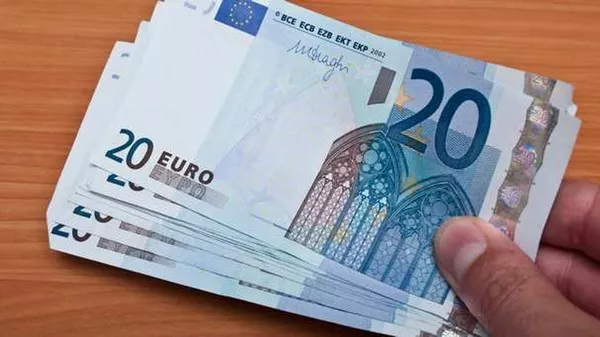Currency exchange rates play a crucial role in international trade and commerce. Investors, traders, and businesses constantly track changes in exchange rates to make informed decisions about buying and selling goods and services in different countries. One of the most widely traded currencies is the euro, which represents the European Union (EU). Another popular currency is the Australian dollar, which represents Australia. In this article, we will examine the relative strength of the euro and the Australian dollar and explore the factors that influence their exchange rates.
Overview of the Euro and the Australian Dollar
The euro was introduced in 1999 as the official currency of the EU. It replaced several national currencies, including the Deutsche Mark, French franc, and Italian lira. As of June 2023, the euro is the second most traded currency in the world after the US dollar, accounting for about 20% of daily forex trading volume. The euro is also used by 19 EU member states, including Germany, France, Spain, Italy, and Greece, among others.
The Australian dollar, also known as the Aussie, has been the official currency of Australia since 1966. It is the fifth most traded currency in the world, accounting for about 7% of daily forex trading volume. The Australian dollar is also used by several Pacific Island nations, including Kiribati, Nauru, and Tuvalu, among others.
Exchange Rate Trends
The exchange rate between the euro and the Australian dollar fluctuates daily due to various economic and political factors. Over the past decade, the euro has generally been stronger than the Australian dollar, with occasional fluctuations. For example, in 2015, one euro was worth around 1.45 Australian dollars, but by 2019, it had fallen to around 1.57 Australian dollars. Since then, the euro has trended upwards against the Australian dollar. As of June 2023, one euro is worth about 1.75 Australian dollars.
Factors Affecting Exchange Rates
Exchange rates are influenced by a wide range of factors, including economic growth, interest rates, inflation, political stability, international trade, and public debt levels, among others. In this section, we will examine some of the main factors that impact the euro and the Australian dollar exchange rates.
Economic Growth
Economic growth is one of the most important drivers of exchange rates. Countries with strong economic growth tend to attract more investment, which can boost demand for their currency. The EU has a larger economy than Australia, with a GDP of over $14 trillion compared to Australia’s GDP of around $1.4 trillion. However, the Australian economy has been growing at a faster rate in recent years, averaging around 2.5% annually compared to the EU’s average of 1.5%. This could help explain why the Australian dollar has been relatively strong against the euro in recent years.
Interest Rates
Interest rates also play a crucial role in determining exchange rates. When a country’s central bank raises interest rates, it can attract more foreign investment, which can increase demand for its currency. The European Central Bank (ECB) sets interest rates for the eurozone, while the Reserve Bank of Australia (RBA) sets interest rates for Australia. As of June 2023, the ECB’s official interest rate is -0.5%, while the RBA’s official interest rate is 0.1%. This means that the interest rate differential between the two currencies is currently in favor of the Australian dollar, which could be contributing to its strength relative to the euro.
Inflation
Inflation is another important factor that affects exchange rates. Countries with higher inflation rates tend to see their currencies depreciate in value, as investors seek higher returns elsewhere. As of May 2023, the EU’s inflation rate is around 2.3%, while Australia’s is around 2.1%. This suggests that inflation rates are relatively similar between the two regions, which may not be contributing to any significant differences in exchange rates.
Political Stability
Political stability is also important for currency exchange rates. Countries with stable political systems and policies tend to attract more investment and have stronger currencies than those with unstable or unpredictable politics. The EU has faced several challenges in recent years, including Brexit, immigration issues, and tensions with Russia, among others. Meanwhile, Australia has enjoyed a relatively stable political environment, with consistent leadership and policies. This could be another reason why the Australian dollar has been relatively strong against the euro in recent years.
International Trade
International trade is another crucial driver of exchange rates. Countries with large trade surpluses tend to see their currencies appreciate in value, as they export more goods and services than they import. Conversely, countries with trade deficits tend to see their currencies depreciate, as they import more than they export. In recent years, both the EU and Australia have experienced trade surpluses, but the EU’s surplus has been larger.


